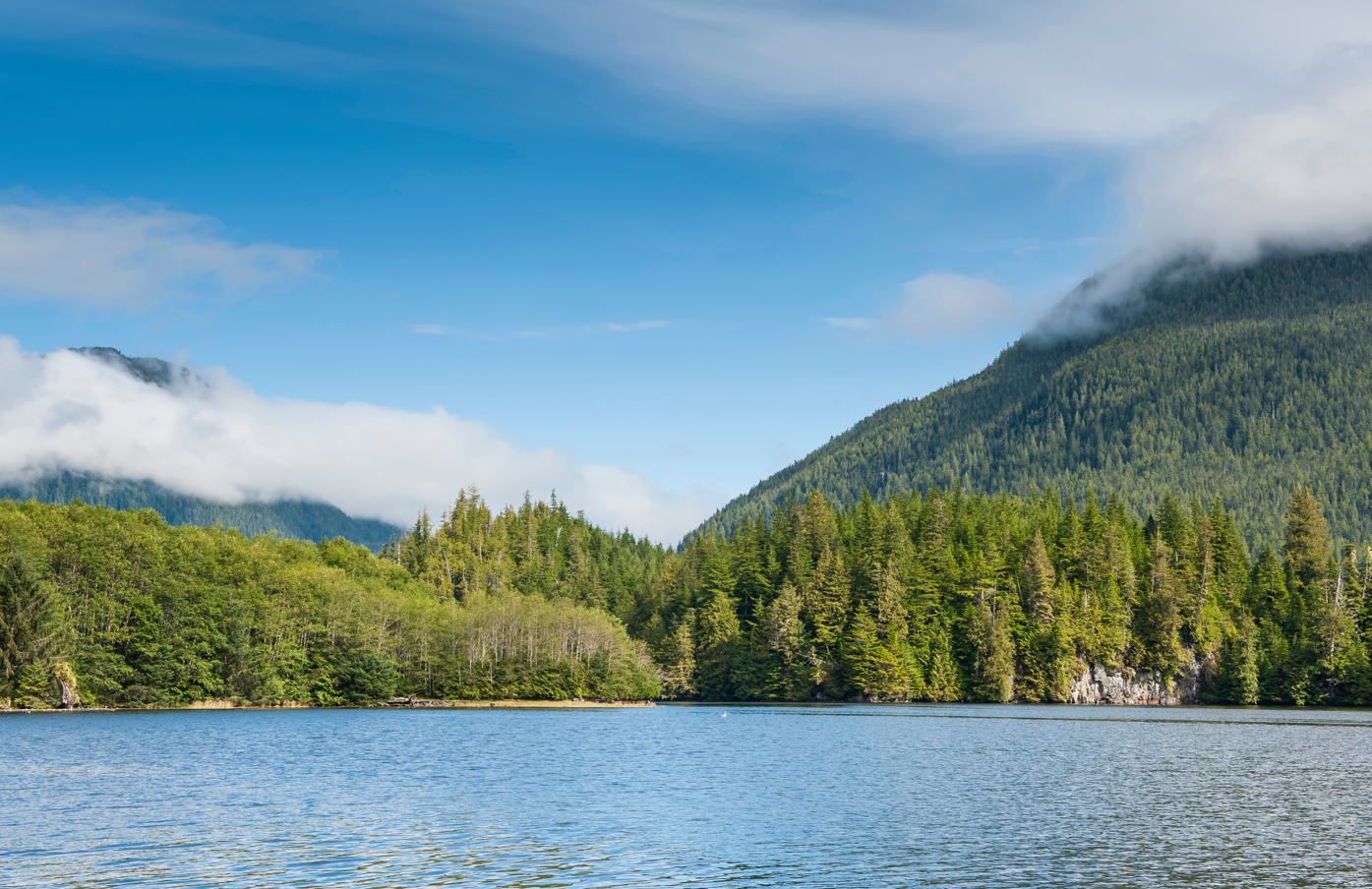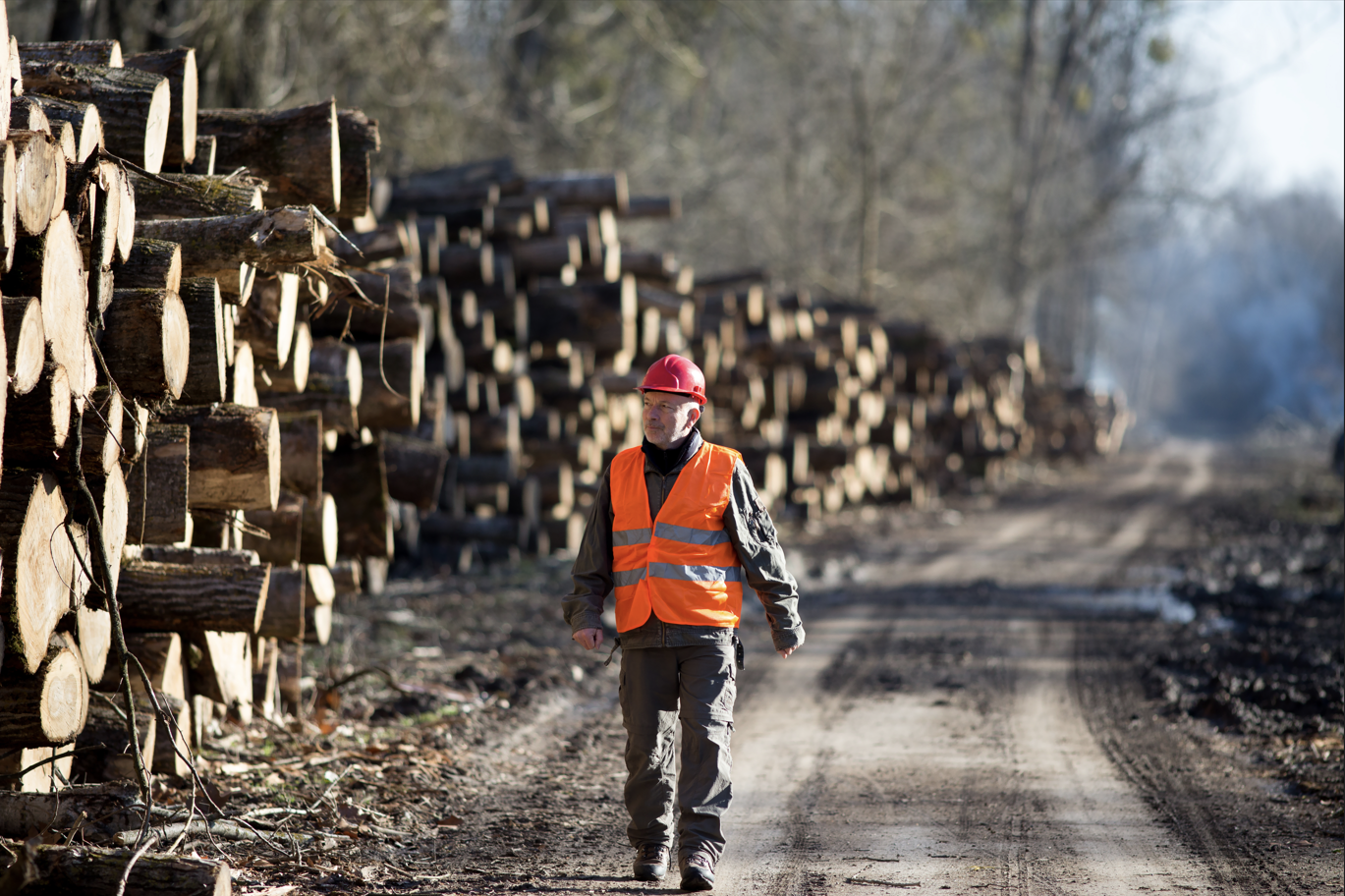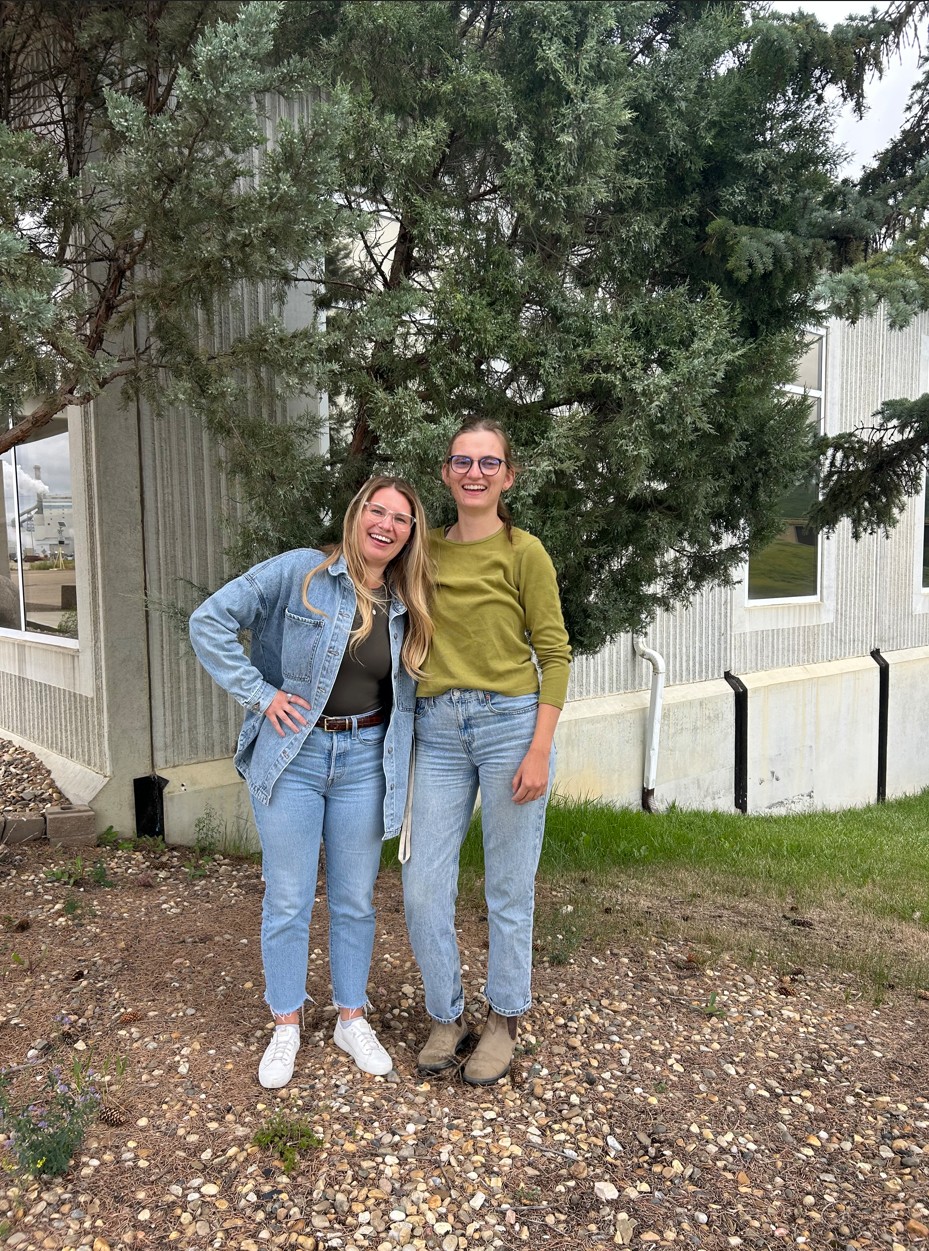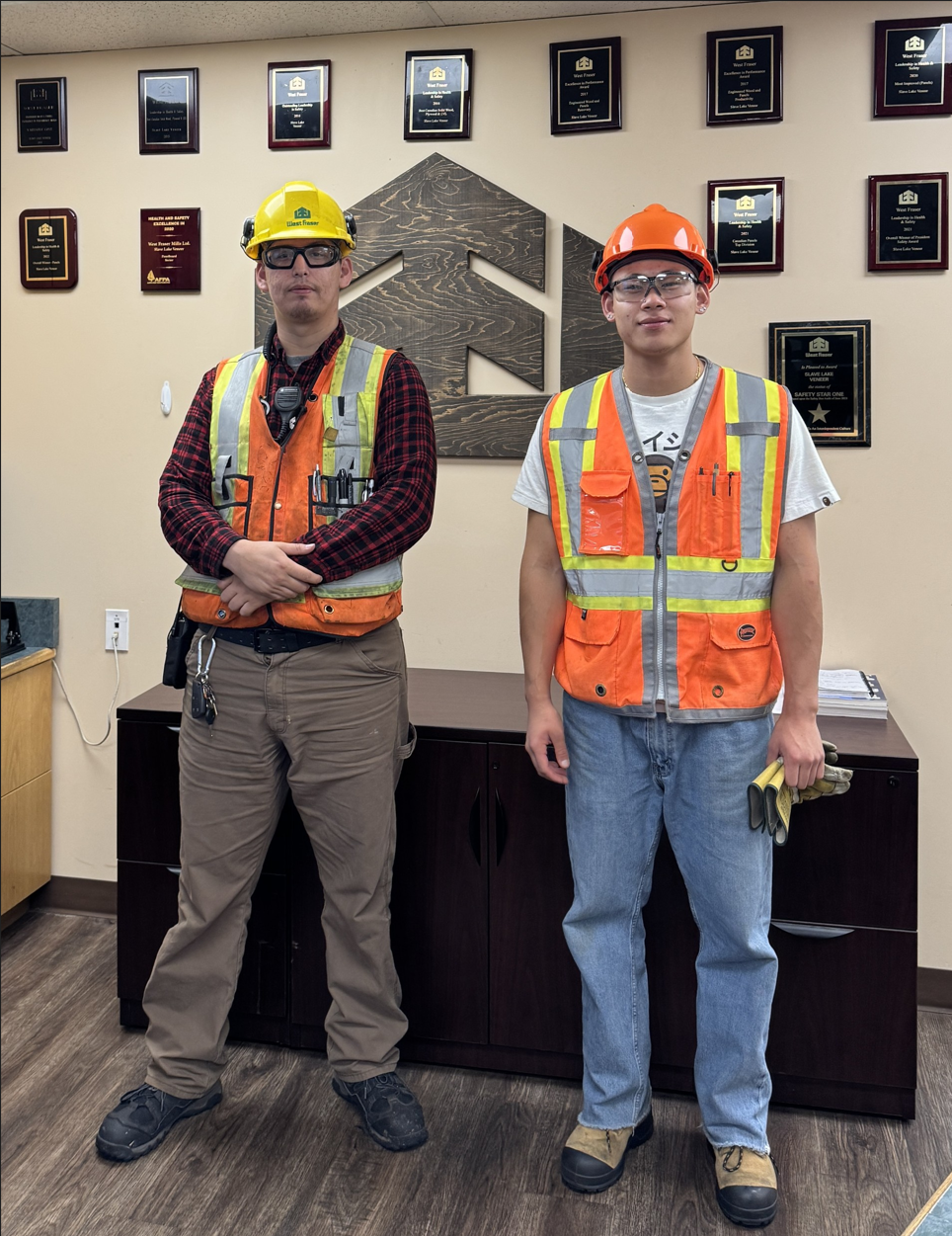Hello readers and fellow interns,
Today I would like to take sometime to talk about the importance of Indigenous partnerships in the forestry sector. ANC is on Treaty 8 land, the original resting grounds of the Cree and Athapaskans (Dené) people. These Indigenous groups were spread out across the territory that ANC currently resides on and were the original inhabitants of the forests we use today.
Negotiated in 1899, Treaty 8 was proposed with the intention of promoting peace, respect, coexistence, and sharing. These values were intended to be upheld as long as the land was shared and thus it is important for those of us in the forestry sector to understand and respect the relationship between Indigenous Peoples and the forests. Ultimately, I am not here to talk about the information of the treaty, I am here to promote ways that the forestry industry can respect and uphold the intentions of Treaty 8.
The first step in respecting the treaty is understanding who originally used this land and what cultures and traditions they had. Indigenous people have a strong connection to the land and forest and are very peaceful, spiritual people.
The Doig River First Nation, also known as the Beaver Nation, is one of the groups who signedTreaty 8. They are located in what is now BC and they have an extensive website to share their culture and history. The history of the Doig River First Nation is rich and well worth understanding. A beautiful piece of their culture that I would love to share is the importance of the Dreamers. Dreamers were people in the tribe who travelled to heaven in their dreams and would retrieve songs. They would draw their visions on moose hides and on drum skins. Today, the Doig River NationElders recognize the drums as an important method of teaching about the history and traditions of the tribe, the Dreamers' songs are still remembered and they defend the identity of the people. Additionally, the Dreamers’ dance is a ceremony to express renewal where the members of the tribe come together to dance during important occasions. To this day there is one held every year around the summer solstice at Doig River, a very important time for the group to renew the cycles of the Earth. There are many other magnificent traditions the Doig River First Nation has that are worth learning, this link will lead you to their virtual museum where you can read all about their culture in far better detail. http://www.virtualmuseum.ca/sgc-cms/expositions-exhibitions/danewajich/english/project/index.php
The Doig River First Nation is just one of the many Indigenous groups that signed Treaty 8, the land ANC now occupies. The Cree people are another significant group who signed the treaty, alongside the Athapaskan language group (which consists of about 23 languages)!

The Cree Peoples are one of the more well known groups in my area, they participated in many rituals and ceremonies but one that I loved learning about is the Walking Out Ceremony. This ceremony welcomes children into the community. The children walk the ground outside of the tent, allowing their feet to touch the raw Earth for the first time. This ceremony occurs when the child first learns how to walk and is done in the presence of Elders, followed by a feast and gifts. I believe this is a very touching ceremony and very accurately represents the Cree Peoples connection, respect, and harmony with nature and the Earth. Unfortunately, I can only talk about so much in one blog but if you would like to read about the Cree people please use the website at the link below to read more regarding their history, spirituality and origin. https://www.thecanadianencyclopedia.ca/en/article/cree

I encourage readers to use this map linked below to find the Indigenous groups whose land you are occupying, what treaty land you are on, and what languages are/were spoken in your area.This map is a real eye opener to the vast and diverse culture of the Indigenous Peoples of Canada. https://native-land.ca/

In the forestry industry, consultations with Indigenous Peoples must be prioritized to uphold the intention of the treaties regarding their traditional territory. Additionally, it is critical that forestry companies, such as FPAC, encourage economic and business partnerships with Indigenous Peoples. Our forests play a massive role in the lives of Indigenous Peoples in many ways such as culturally, spiritually, and economically, and forestry companies must take time to learn about and respect this culture. According to the FPAC website, the Canadian forestry industry is one of the largest employers for Indigenous Peoples in the country, employing 11,600 people! This relationship shows the importance of forestry companies' support of business development, community, and employment for Indigenous Peoples.
Here are some ways members of the forestry sector can show their support and respect for Indigenous groups:
- Take time to do your research on the terms of the treaty land you are on
- Become informed on the traditions, culture, and history of Indigenous groups in your territory
- Consult with Indigenous groups when using their land and ensure you understand the importance of these interactions
- Appreciate the cultural importance of the forest
- Find ways to uphold the agreements made in treaties.For example, Treaty 8 was signed to promote peace and sharing, to uphold this we can build genuine relationships between the forestry sector and IndigenousPeoples

Thank you all for reading about this. This is a topic I believe is very important and is not talked about enough. I hope everyone can take some new information from this and be sure to use any links provided to do some of your own research and of course talk toIndigenous Peoples in your area!
Sources and More Info: https://www.fpac.ca/areas/communities-indigenous-partnerships http://treaty8.bc.ca/treaty-8-accord/ https://www.rcaanc-cirnac.gc.ca/eng/1100100028809/1564415096517 http://www.native-languages.org/chipewyan_culture.htm https://sicc.sk.ca/dene-2/http://www.bigorrin.org/beaver_kids.htm http://www.virtualmuseum.ca/sgc-cms/expositions-exhibitions/danewajich/english/project/index.php
https://enochnation.ca/about/http://www.bigorrin.org/cree_kids.htm https://www.ictinc.ca/blog/forestry-and-reconciliation-focus-on-bc https://publications.gc.ca/collections/collection_2016/rncan-nrcan/Fo4-58-2016-eng.pdf https://www.thecanadianencyclopedia.ca/en/article/cree










.jpeg)

